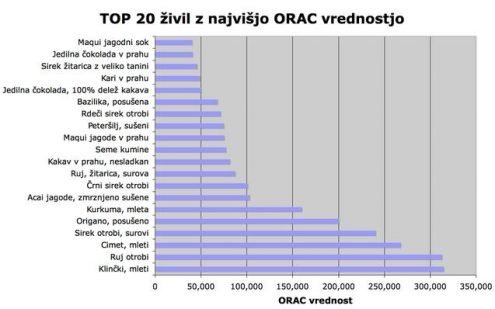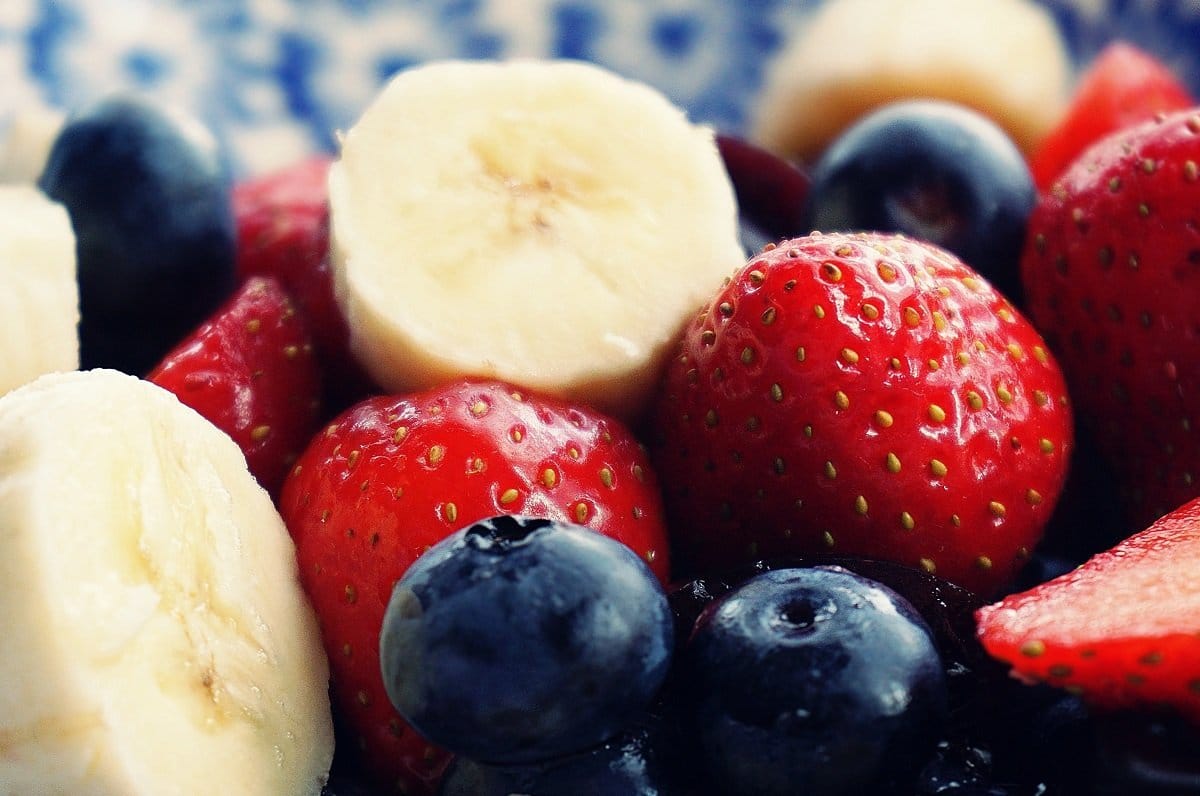Top 20 antioxidants and superfoods
The development of various chronic and degenerative diseases, such as cancer, heart disease, and neuronal degeneration, such as Alzheimer’s and Parkinson’s disease, can occur in part due to oxidative stress. Oxidative stress is, among other things, the main culprit for the ageing process in our body. Although the human body has developed several immune processes to eliminate free radicals, these are not 100% effective.
Diets rich in fruits and vegetables are an excellent source of antioxidants. Some minerals and vitamins in our diet already play the role of dietary antioxidants in themselves. These include vitamin C (ascorbic acid), vitamin E and its isomers (tocopherols and tocotrienols), and selenium.
“Nutritional antioxidants are substances in foods that significantly reduce the negative effects of reactive substances, such as reactive types of oxygen and nitrogen, on normal physiological functions in humans.” Primary antioxidants slow or inhibit the oxidation initiation step, while secondary antioxidants slow oxidation by removing free oxygen radicals.
The criterion for the antioxidant capacity of foods is expressed in ORAC values. ORAC stands for “Oxygen Radical Absorbance Capacity,” an antioxidant parameter developed at the American National Institutes of Health in Baltimore, USA. The higher the ORAC value, the higher the antioxidant value a food has.
ORAC values are given as (mol TE / 100g) (micromoles of Trolox equivalent per 100 grams). The Trolox equivalent is used as a measure of antioxidant capacity. The USDA (US Department of Agriculture) recommends that an adult consume about 3,000 to 5,000 ORAC units per day.
Most of us have heard that blueberries are very good for our health. Did you know that there are about 60 foods and spices that are obviously even better (by better we mean … have a higher antioxidant value)?

